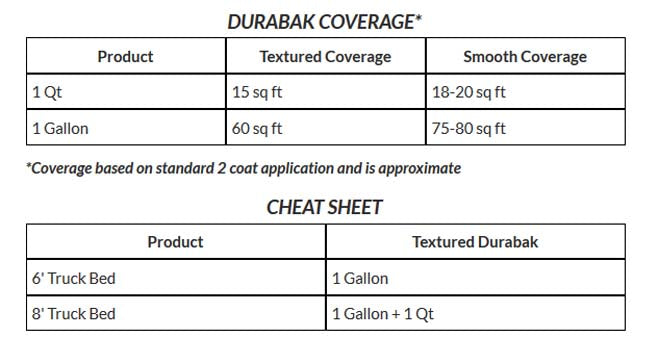Protecting Your Backyard Shed – Complete How-To Guide
If you have a backyard shed, you know how easy it is for moisture to infiltrate the structure. There are hidden entry points all around and if you aren’t protecting your backyard shed, moisture seeps in. We'll help you learn how protecting your backyard shed prevents damage from moisture. 
How the Moisture Gets In
If your shed isn’t finished correctly, moisture seeps in through the tiniest parts of the walls. If your shed is placed directly on the outside ground, water comes up through the frame and walls. It’s also possible that water can come through the shed’s panels through any growing vegetation touching it. Here are some tips to help you with protecting your backyard shed:
Build a Foundation
The best way to keep moisture from entering into your shed is to get the shed off the ground. You do this by creating a foundation.
Build a Stone Patio Foundation
The easiest, cheapest and simplest way to build your foundation is by digging two inches deep into your grass. Then, compress this with a rented compactor. You’ll want to cut patio stones and fit them together. Make sure they are as tight as possible. Your next step is to put some fill between your stones. This prevents weeds from arriving in between them. Your shed should fit nicely on the stones.
Build a Concrete Foundation
If you have a larger shed, you’ll need a more substantial foundation. Just create a 4-inch mold from 4x2 wood planks. Pour concrete, or hire someone to do it for you. Then, allow it to cure for at least a week before you seal it. Once this is completed, you can build the shed on top of the foundation.
Build a Plastic Foundation
You might want to build your shed a plastic foundation instead. This is easily done with grids that are 20 inches x 20 inches x 2 inches. These grids should interlock, just be sure to cut them to the exact size of your shed with a hacksaw. Then, fill them in with pear gravel. When this is complete, you can build your shed on the top. When you use recycled plastic, you’ll also have an environmentally-friendly base to your shed.
Install Windows and Vents
Windows are multi-purpose. First, they work to ventilate the shed. They also allow light in which dries the shed and saves you the expense of electricity. You want to ensure that your windows fit perfectly. Then, use some weather stripping to seal them. This keeps precipitation out and allows your shed to remain dry. Consider also installing some vents which helps in your quest of protecting your backyard shed. These allow the hot air to escape while letting some colder air in. Make sure you use more weather stripping or caulk to securely seal your vents.
Air Circulation
It’s vital that you leave a gap of two to four inches away from your wall. This allows the air to circulate around your shed without obstruction. Just like with your vents, the more air that flows, the less chance you have of trapping moisture. Consider adding an electric fan as well. Not only does this increase the circulation but it also helps to reduce moisture. When you circulate the air, you face less of a risk of mildew and mold as well.
Dehumidifying Products
Many items help to absorb moisture. Purchase commercial products or use everyday things and make your own. Anything made with silica gel, sodium chloride, calcium chloride or potassium chloride helps. Just be careful using them if you have children or pets because they can be toxic.
Charcoal Briquettes
If you’ve read your charcoal briquettes bag, you’ll notice the warning that says to store them in a dry place. That’s because they absorb moisture out of the air. Not only that, but they’ll last one to two months and don’t cost a lot of money.
Kitty Litter
Most of us have used kitty litter in our garage when we spill oil, so we know how well it absorbs moisture. In the same way, it will soak up the moisture in the air. Just place an open bag inside your shed and let it do its magic.
Dehumidifier
If you store important things in your shed such as documents, semi-perishables or electronic equipment, you’ll want to use a dehumidifier. To operate one, you’ll need electricity in the shed, but this investment is essential if you need to protect what’s inside.
Protecting Your Backyard Shed & Its Paint
No matter what material your shed is constructed from, chances are it is strong. With that said, it’s also susceptible to moisture on the outside which will ruin your paint job. If you have chronic exposure to water with a steel shed, you also face rust issues down the road. That’s why you want to protect the exterior by applying a quality coating. Look for an exterior paint that adheres to numerous substances, is easy to apply and water resistant (hint: try Durabak's paint). With a little extra work, you ensure that the exterior of your shed looks like new, even years later. It’s also important to clean any debris off the shed’s roof or out of the gutters if you have them. Leaving these to remain allows water to retain which creates more of a hazard. Finally, keep the bottom of your shed clear from debris, leaves, mulch and grass cuttings. These also tend to retain moisture which will sit against your shed’s paint and ruin it.

